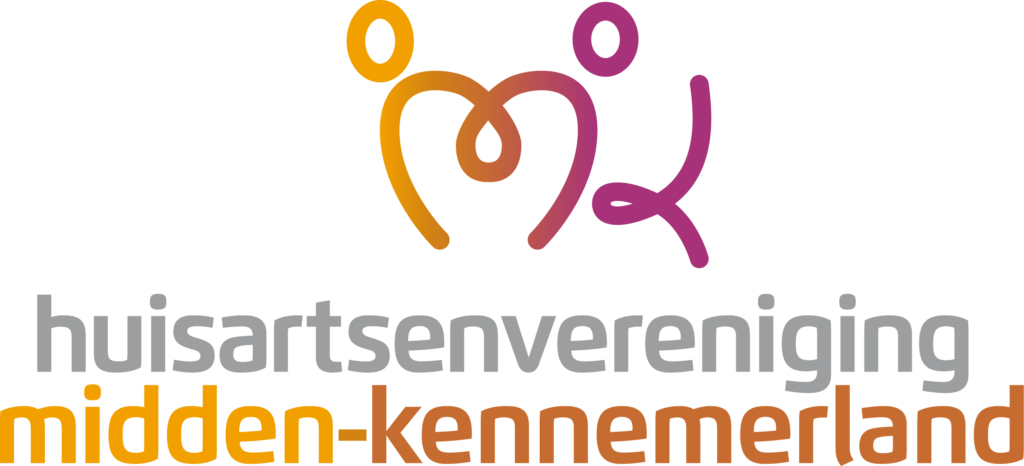
The daily routine in a sober living home is designed to provide structure, foster accountability, and support residents’ recovery by incorporating basic activities like chores, therapy, and meetings. These routines help individuals stay focused on their sobriety while building healthy habits and life skills. Each day is structured to balance personal growth, community involvement, and the development of a stable lifestyle. These homes work by offering a stable living environment with a focus on accountability, personal growth, and peer support. Residents are required to follow sober living home rules, participate in recovery programs, and contribute to household chores.

Group Homes and Sober Living Homes
- While this structured approach can be beneficial for individuals in early recovery, it may also restrict their independence and flexibility.
- Although many forms of ongoing support may benefit individuals seeking SUD recovery, one of the most important and widely available is recovery housing.
- The primary purpose of sober living homes is to offer a safe and stable living environment for individuals transitioning from treatment programs back into society.
- Discover how to stop dopamine addiction with effective techniques, from mindfulness to therapy and community support.
- Here, you’ll find a community of peers who understand your struggles and share your goal of maintaining sobriety.
Residents benefit immensely from shared experiences, which help combat feelings of isolation often experienced after treatment. Living alongside peers encourages camaraderie and reinforces recovery efforts, further enhancing residents’ commitment to sobriety. The combination of structured support and a nurturing environment makes sober living homes an invaluable resource in the recovery process. Rehab involves inpatient or outpatient programs that offer a high level of care, including detoxification, individual and group therapy, medical supervision, and support for co-occurring mental health issues. Its primary focus is on addressing the root causes of addiction and helping individuals build coping mechanisms for long-term recovery.
Level Three
Sober living homes provide a bridge between rehabilitation and returning to the world with a stronger foundation for your sobriety. These homes offer numerous benefits that can significantly improve your chances of maintaining long-term sobriety and leading a healthier, more fulfilling life. You get into a sober living home by completing an admission process that includes an application, meeting certain eligibility requirements, and agreeing to house rules. This process ensures that residents are committed to recovery and that the home provides a suitable environment for their needs. While specific requirements vary by facility, most homes follow a structured approach to screening and admitting new residents. Sober living homes operate differently depending on the level of care and structure provided.
The Road to Healthy Relationships in Recovery

You’ll gain not only a safe environment for your recovery but also invaluable life skills and relationships that nurture your growth and resilience. Remember, every step forward in a sober living community is a step towards a more independent and vibrant life. So take this knowledge, and let it guide you towards making choices that support your journey to lasting sobriety.
Most sober living homes must charge a fee to maintain the house, pay taxes, and pay staff. One way they do this is by structuring their rooms for a semi-private living situation (meaning two people will often share a room). Even so, rent can vary greatly, with some rooms available from $500 up to $900 or more a month.
Why is the Risk for Substance Use is Higher in Military Kids?
We encourage everyone to reinforce positive lifestyle changes through adventure, support, and peer feedback. Sober living houses can foster peer encouragement, camaraderie, character development, and accountability in residents. The outcomes of living in such an environment can include positive health, behavioral, and relationship changes. Consider asking folks at a recovery meeting or touching base with any sober house sober friends you may have. If you recently completed a treatment program, contact the staff there for referrals to local sober living homes. Research on sober living houses also states that residents experience a higher possibility of securing employment and a lower likelihood of getting arrested.
What Is Medication-Assisted Treatment, and How Does It Help?
- Other considerations include whether the home is gender-specific, offers 24/7 supervision, or provides access to mental health and medical services, which raises the price.
- The time spent in a sober-living home depends on a number of factors including strength of recovery from addiction, progress on clinical milestones and the personal living situation at home.
- Oftentimes, depending on the type of sober living, drug testing may be a part of accountability and maintaining a drug-free environment.
- This can also include monitoring of activities and schedules, support systems, and even testing for drug use.
- For many people, a sober living house offers this support in a safe, drug-free setting.
They serve as a transitional space between inpatient treatment facilities and independent living, offering a safe, supportive environment where individuals continue their recovery journey. These homes are structured to help residents gradually reintegrate into society while maintaining sobriety. They are seen as an important part of addiction recovery, providing a buffer from environments or social situations that trigger relapse.
- While this communal living arrangement is designed to foster support and accountability, it can be challenging for individuals who value their personal space or are introverted by nature.
- These goals should align with developing healthy routines that reinforce sobriety.
- Not all sober living homes are equal, so finding a place that an acquaintance has recommended could be helpful.
- Explore relationships in recovery and learn how to build support for healthier, lasting connections.
- Regular meetings and group therapy sessions within these communities further bolster your emotional and psychological resilience.
This peer support system is invaluable, as it provides encouragement, accountability, and a sense of belonging during a critical phase of the recovery journey. The primary purpose of sober living homes is to offer a safe and stable living environment for individuals transitioning from treatment programs back into society. These homes aim to bridge the gap between intensive treatment and independent living, providing a supportive community that encourages accountability, sobriety, and personal growth. By offering a structured yet amphetamine addiction treatment flexible living arrangement, sober living homes help residents develop essential life skills and coping mechanisms necessary for long-term recovery. After undergoing treatment for substance use disorders, individuals face the complex journey of transitioning back into everyday life.
Sober Living Homes

This participation fosters a sense of community, helping individuals feel less isolated in their recovery journey. Sober living homes provide a structured environment that supports recovery and personal growth. These homes aren’t just about staying substance-free; they’re about learning how to live a fulfilling life in sobriety.
These costs can add up quickly, potentially creating financial stress for residents. It’s important to note that while some insurance plans may cover a portion of these expenses, many individuals may need to pay out of pocket, which can be challenging for those rebuilding their lives after addiction. Although halfway houses share a lot in common with sober-living homes, there are a few key differences that set them apart. Sober living homes are for people who have completed a treatment program but need additional support to sustain long-term recovery. For a broader list of recommended sober living homes that match individual recovery needs, check out the comprehensive sober living directory for more options.



